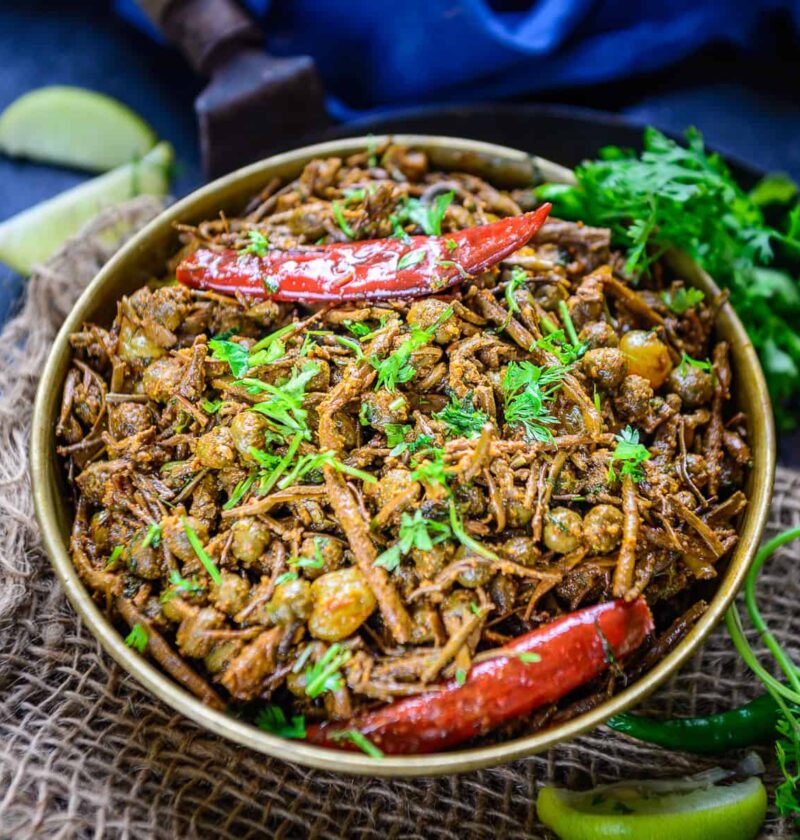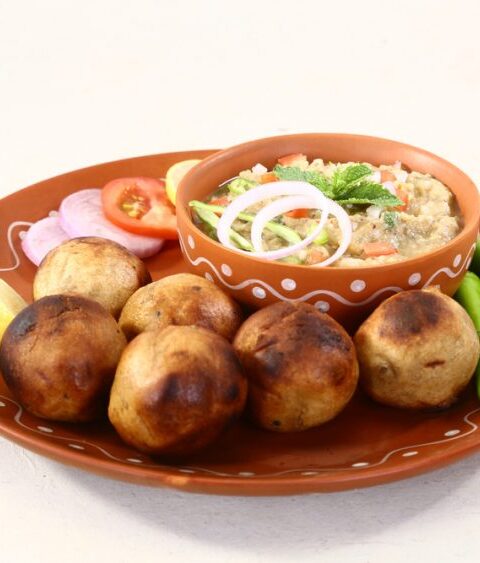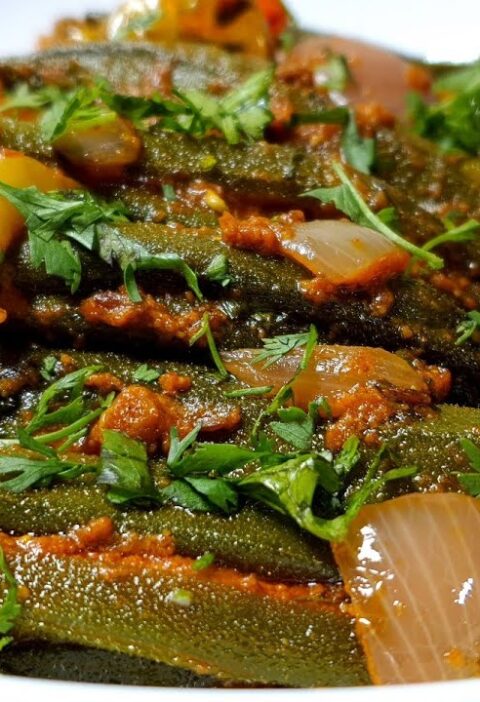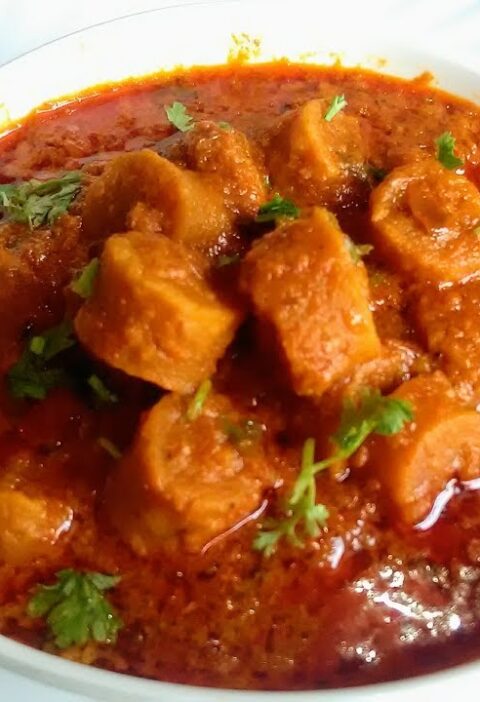Ker Sangri is a traditional Rajasthani dish made from dried berries (ker) and beans of the Khejri tree (sangri), which are native to the arid regions of Rajasthan, India. Here’s a brief description of the dish:
Ingredients:
- Ker (dried berries)
- Sangri (dried beans of the Khejri tree)
- Oil (preferably mustard oil)
- Spices (such as cumin seeds, mustard seeds, fenugreek seeds, asafoetida, red chili powder, turmeric powder, coriander powder)
- Salt to taste
- Fresh coriander leaves for garnish (optional)
Instructions:
- Preparation of Ker and Sangri:
- Before cooking, ker and sangri need to be washed thoroughly to remove any dust or impurities. Then, they are soaked in water for several hours or overnight to soften.
- Cooking Process:
- Heat oil in a pan or kadhai. Mustard oil is commonly used for authenticity.
- Add cumin seeds, mustard seeds, and fenugreek seeds to the hot oil. Let them splutter.
- Add a pinch of asafoetida for flavor.
- Drain the soaked ker and sangri and add them to the pan. Stir well.
- Add turmeric powder, red chili powder, and coriander powder according to taste preferences.
- Stir-fry the mixture until ker and sangri are cooked and become tender. This may take around 15-20 minutes on medium heat. Keep stirring occasionally.
- Adjust salt according to taste.
- Serving:
- Once cooked, garnish with fresh coriander leaves if desired.
- Ker Sangri is typically served with roti or rice as a side dish. It can also be enjoyed as a standalone snack.
Additional Notes:
- Ker Sangri is a specialty of Rajasthan and is often prepared during festivals and special occasions.
- It has a unique tangy and slightly bitter taste, which pairs well with the spices used in the dish.
- Some variations of Ker Sangri may include the addition of dried red chilies, dried mango powder (amchur), or other spices for extra flavor.
- It’s a popular dish in Rajasthani cuisine and is known for its long shelf life, making it suitable for consumption even during the scorching summer months in the region.







